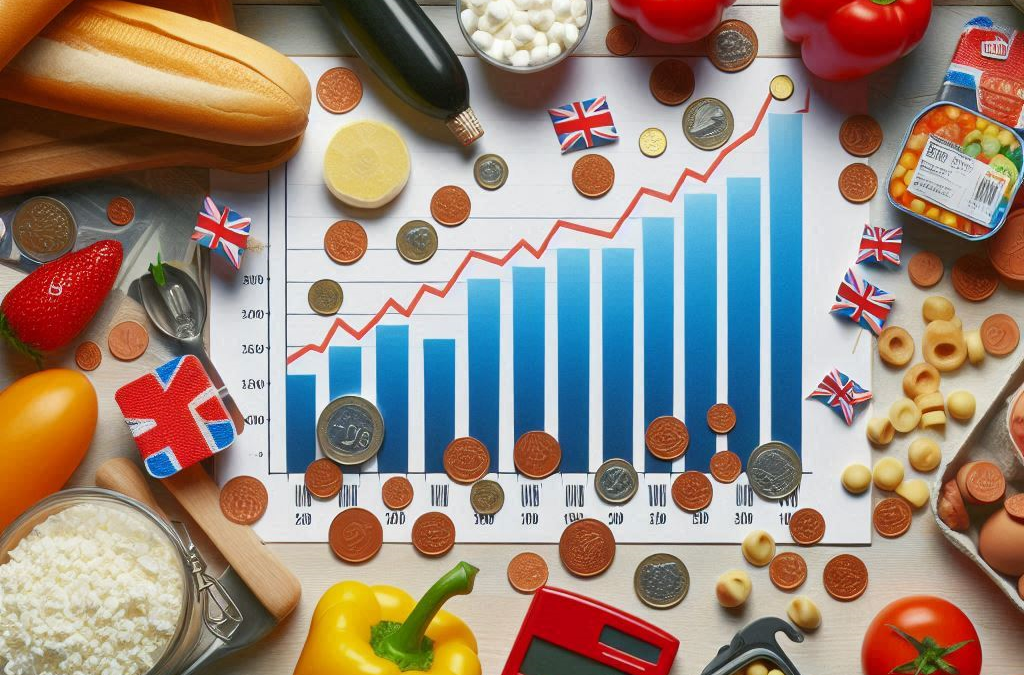What food items have risen in costs the most?
Rising Food Prices in the UK: A Year of Significant Increases
The past year has really been tough on our food bills. We have all seen dramatic increases in food prices across the UK, driven by various factors, including inflation, supply chain disruptions, and global economic conditions. Understanding which food items have experienced the most significant price hikes is essential for consumers and policymakers alike.
I’ve done some research online and here are the Key Food Items with Notable Price Increases
Based on recent data available to me, the following food items have seen some of the highest price increases in the past year:
- Cooking Oils: Prices have surged by approximately 30%.
- Dairy Products: Milk, cheese, and eggs have seen increases of around 20%.
- Meat: Beef and lamb prices rose by about 15%.
- Cereals and Bread: Prices have increased by 12%.
- Fruits and Vegetables: Overall, fresh produce has seen a rise of around 10%.
A lot of these were no surprise to me and fairly evident when shopping. I’m sure you’ll agree with the findings. Unfortunately a lot of items make the list that most people would be buying in their grocery shopping.
What items have hit you most in the pocket this past year? Let me know in the comments below.
Inflation Statistics
The Consumer Prices Index (CPI) indicated that food inflation hit 18.2% in September 2023, the highest rate since records began.
Overall inflation in the UK was reported at 6.7% in the same period, highlighting that food prices are rising faster than other consumer goods.
Some Expert Opinions and Quotes
Experts have weighed in on the rising food costs, emphasizing the challenges faced by consumers:
Food economist Dr. Anna Taylor stated, “The relentless rise in food prices is placing an immense burden on households, especially those on lower incomes.”
Consumer advocate James McGowan mentioned, “With food inflation at such high levels, families are forced to make tough choices about what to put on the table.”
Factors Contributing to Price Increases
Several factors have contributed to the rising costs of food, including:
- Supply Chain Disruptions: Ongoing challenges in the supply chain have caused delays and increased transportation costs.
- Global Events: The conflict in Ukraine has impacted grain supplies, affecting prices for various staples.
- Energy Costs: Rising energy prices have increased production and transportation costs for food manufacturers.
Conclusion
The significant increase in food prices over the past year has left
many of us really feeling the pinch. As inflation continues to affect everyday living costs, understanding these trends can help individuals and families navigate their grocery budgets more effectively. Policymakers must also consider these challenges as they work to address food security and support vulnerable populations in the UK.
This does not seem to be happening as of yet under our new Labour government. I think this should have been one of the priority issues. For me there will be no choice this winter, much like last winter I will rarely use my heating. A blanket will be used to keep me warm as possible and anything I can save will be for food. There is no other choice, we have to eat. It’s clear we are less impacted on fruit and veg which isn’t a bad thing. We should certainly be filling up on more of those items.


